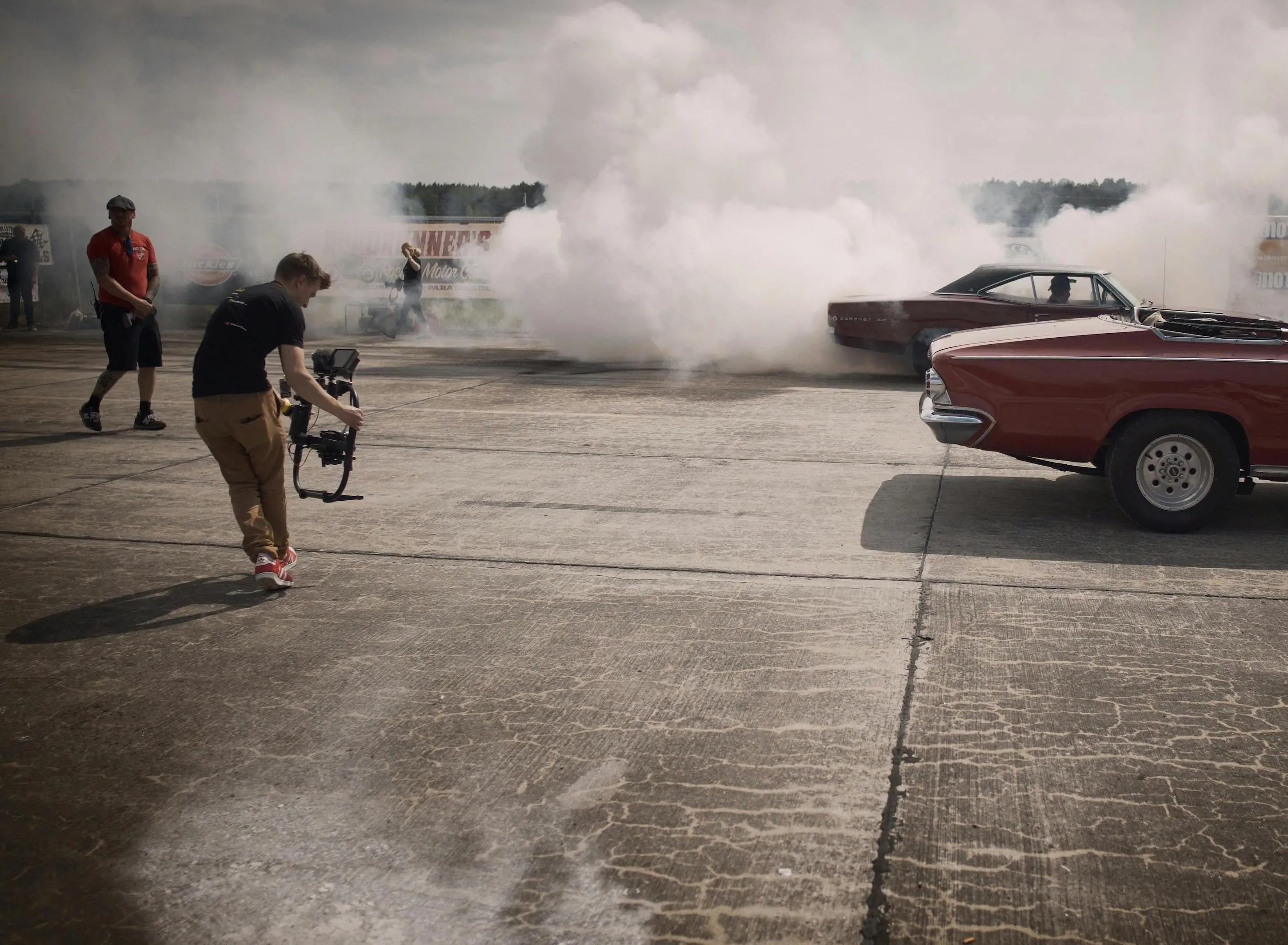Artificial intelligence is shaking up the creative industry, and as usual, with a big jump in technological advancement, many questions arise. How can actors, models, and presenters protect their personal brand? How can you license your voice or appearance and effectively monetise it with artificial intelligence? How can freelancers stay relevant with their skills? Simon Sack, AI expert and Founder of Neurologiq took a closer look at these questions for us and shared his advice on how to use AI to your advantage as a freelancer in the creative industry.
Protecting and Monetising Your Personal Brand
A major part of the AI debate in the creative industry concerns personality rights. How can I, for example as a creator, actor or presenter, protect my personal brand or perhaps even license it to earn money from it?
First and foremost, protecting your own brand is crucial. This can be done by registering trademarks and securing copyrights. Strong legal protection ensures that your creative works and personal brand are legally protected. For actors and models, this means ensuring that their image, name, and other distinctive features are legally protected. These measures prevent unauthorised use and abuse.
1. Licensing Your Brand: Another exciting field is licensing your brand, especially with voice models. With the increasing use of AI to generate content, new monetisation opportunities are emerging. For example, actors or speakers could license their voice as a voice model. This allows companies to use these voices in various media, while the original artists are compensated for it. A prominent example of this is the use of Synthesia, a platform that allows virtual speakers to be created based on real voices. This can be used for advertising, animations, or even virtual assistants.
2. Personalised Content: In addition to licensing, there are also opportunities in the area of personalised content. Creators can use AI tools to create personalised and customised content for their fans. These unique pieces of content can then be marketed directly or offered through platforms or communities. Direct interaction with fans can build stronger bonds and simultaneously create an additional source of income.
3. Strengthening Online Presence: Additionally, creatives should use social media and digital platforms to strengthen and expand their brand. It's never been easier and faster to create content. A strong online presence not only helps protect one’s identity but also offers numerous monetisation opportunities through sponsorships, paid partnerships, and exclusive content.
Strategies to Stay Relevant in the Age of AI
Many creatives fear that AI will replace their work. What can we do to remain relevant?
This concern is understandable, but there are several ways for creatives to stay relevant and even benefit from AI technology.
Creatives should focus on niches where human creativity and empathy are particularly valuable.
1. Specialisation and Continuous Education: Creatives should focus on niches where human creativity and empathy are particularly valuable like conceptual design, artistic direction, or strategic thinking. Continuous education is essential. By learning new skills and following the latest trends and technologies, creatives can expand their expertise and stand out from the competition.
2. Collaboration with AI: Instead of seeing AI as a threat, creatives should use it as a tool to enhance their work. AI can take over repetitive tasks, leaving more time for creative processes. Many AI tools help creatives work more efficiently. For example, using AI-powered design tools like Adobe Sensei or writing assistants like Grammarly can speed up the implementation of ideas and improve the quality of work.
3. Redefining Creative Processes: Creatives should find new ways to design their creative workflows. This can be achieved by integrating AI into the workflow to develop innovative solutions. Openness to experimentation and the exploration of new creative approaches are crucial. By testing new methods and techniques, unique and original results can be achieved.
4. Emphasising Human Qualities: Human creativity is characterised by uniqueness and authenticity, and these qualities should be incorporated into the work. Emotional intelligence and the ability to create deeper human connections are areas where AI currently lags. Creatives should increasingly utilise and develop these skills. For example, a study by Adobe has shown that emotional and authentic advertising is the most effective.
Emotional intelligence and the ability to create deeper human connections are areas where AI currently lags.
5. Networking and Collaboration: Collaborating with other creatives and interdisciplinary teams can bring new perspectives and ideas. Building and maintaining a strong network in the creative industry can offer new opportunities and inspiration. An example of this is the cooperation between designers and technicians in projects like the interactive installations of TeamLab, which are recognised worldwide.
AI tools for freelancers
Simon, which tools do you recommend for freelancers working in the creative industry?
These tools might be of interest:
Content Creation
- Grammarly: Helps with grammar checking and style improvement for written content.
- Copy.ai: Assists in creating marketing texts and social media posts.
Design
- Adobe Spark: Another tool for quickly creating appealing designs and videos.
- Fotor: An online design tool for photo editing and graphic design.
Accounting
- QuickBooks: A comprehensive solution for accounting, invoicing, and financial management.
- Xero: Another well-known tool for managing finances and accounting. FreshBooks: Ideal for small businesses and freelancers to manage invoices and expenses.




